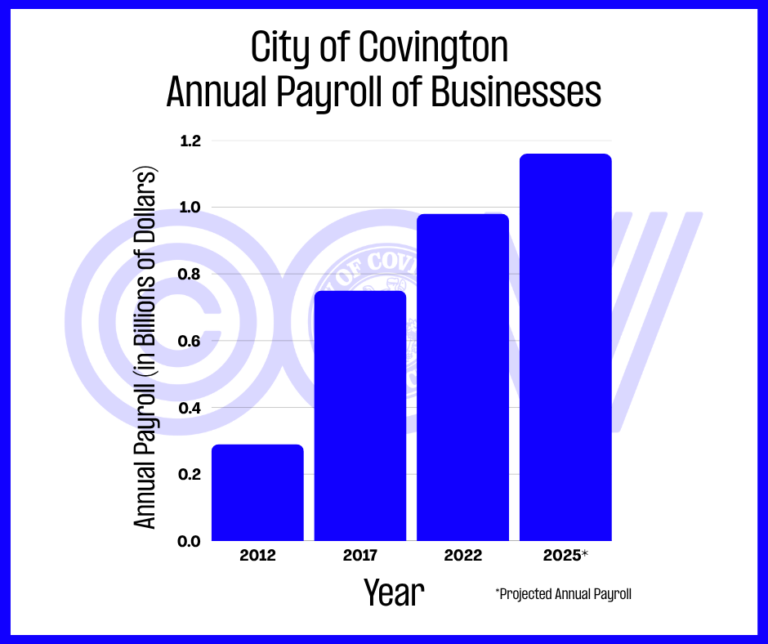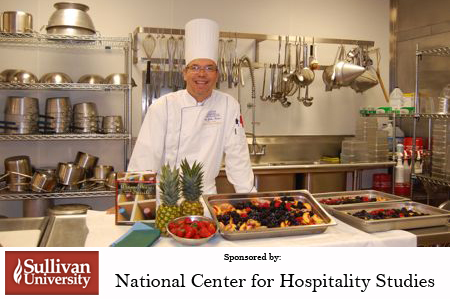A wise chef named Andre Soltner was once asked by a reviewer what he thought of the new advances in cuisine, young chefs pushing the envelope, the advent of molecular gastronomy, the movement towards fresh foods and cutting edge technique. To paraphrase he announced to the writer that unless we find a new ingredient somewhere in the world or another technique is discovered using advances in science, that chefs will be forever be in the business of reinterpretation.
Certainly excellent skills will always be lauded, quality ingredients grown by committed farmers will be celebrated, and the very nature of the restaurant business will be continually refreshed, but to say that we have created new cuisine is disingenuous.
To be sure there are continually innovative chefs that highlight what is great and wonderful about my craft. They are well disciplined, active in their communities, and for the most part conscientious about honoring the past through their food and style. That is the best of my world, the high water mark of a profession that has seen its share of the dregs.
In between there is a vast gulf awash with concepts, trends, and the people who for the most part move the industry forward, or back. While we bemoan the fast food industry or franchise as a pariah to the finer points of cooking, we miss the subtlety of the mix. We ignore the fact that a lot of our efficient organization is born, bred and refined in the trenches of commercial and commodity cooking. Flow charts, personnel reports, industry trend tacking methods will help white tablecloth and Formica alike. And if we dismiss the majority of the industry because we fawn over the delicate sophistication of fine dining we do so at our own peril.
Recently I heard that “Farm to Table” was passé, that it had entered the realm of a trend and that we should quickly divorce ourselves from the term and the concept. What is The Sage Rabbit if not a farm to table concept, if it’s a concept at all. We source and cook the freshest local ingredients we can from people we have dealt with for almost a quarter century, through numerous restaurants. We celebrate the first asparagus of the season, we use all of the techniques we have mastered to bring out the best of every ingredient. If not farm to table what are we?
Neighborhood bar and grill, casual sit down, it’s almost impossible to put a stamp on us, and every other restaurant like us in town. Part of me says “why try anymore?” With a constant stream of places opening, and some closing quickly after, the merry-go- round is getting increasingly harder to stay on or hop off. After some soul searching I think I’ve found a personal if not a professional solution to our dilemma. It took my wife and partner Nance Everts to remind me both in words and print that we need to just have fun.
This fascination with marketing a simple thing like eating has reached far beyond the borders of common sense and entered the realm of fantasy. This leap has taken us away from the core reasons we cook and eat; creativity, craft, and camaraderie both in the kitchen and at the table. I can cite numerous times when food has become solace and support, when a hot meal has made some sense of a tragedy or disaster. There is a reason why some of the first business’ to open in NYC after 911 were neighborhood restaurants providing food and comfort primarily to first responders and then to returning citizens.
The Red Cross gives out a hot meal as soon as they are able after disasters and they encourage eating as a family and in groups to build a sense of renewed community. Food needs to provide more than entertainment and circus and should be at its essence a comfort to body and soul. Try achieving that simple goal when you are mired in an ad war concerning the latest trend or catchy phrase for what really is a simple task; cooking.
I am well aware of the promotional pressure to stand out in a crowd. I study and teach menu development, food habits and the most recent political shifts which affect local and national agribusiness. It is not my intention to run against the tide merely to prove a point but I find myself searching more urgently for the fun in my work, for the joy in producing food from quality ingredients grown by people of straightforward and honest character.
Do I always have to fit the pieces of the puzzle together exactly or can I have one left over at the end and still be at peace? I think I’d like to get back to cooking the way I feel, with passion. I want to please and comfort not shill and sell. Most of all I want student and customer alike to consider what food means to them, what a restaurant experience should impart besides a satisfying meal. That is probably the hardest ideal to realize amid the business of running your business.
I constantly say that my craft is too hard to be in it just for the money, there has to be some joy. Find it as part of your daily routine and the rest of the mandatory business will be easier to swallow.
BLT
You can’t eat this over a plate it must be done over the kitchen sink. Two slices of Sunrise Bakery’s sourdough boule cut thick and smeared lightly with some raw Blue Moon Farm garlic. Sliced thick heirloom tomatoes from Mark Henkle, salad greens from Elmwood Stock Farm, crisp thick bacon from Stone Cross Farm. Add a bit of mayo, some salt and pepper and enjoy a sloppy satisfying BLT, no focus groups needed.
Grilled summer vegetable pesto with fresh fettuccine
If you don’t want to make your own fettuccine try Lexington Pasta’s many choices. If you’re intrigued, try this simple recipe that yields a good moist dough that can be rolled by hand or on the pasta machine.
2 ¼ cups of all-purpose flour or a blend of semolina and all-purpose
2-3 whole eggs or 4 egg yolks
1 Tbl. Olive oil
1 Tbl. Cream
Make a well of the flours in a bowl and whisk together the eggs oil and cream in another bowl. Gradually add the liquid to the flour and work the wet dough together with a spoon or your hands until the ball of dough can hold together and appears consistently moist throughout. If you have a pasta machine, do not knead the dough, it will be kneaded when we put it through the machine and slowly flatten and thin the sheets out. If you are hand rolling knead the dough until it is homogenous and springy and then rest covered in a bowl for at least 30 minutes. Hand rolling will yield a thicker less glossy pasta but still a superior product to most store bought brands. In either case once the sheets are rolled out let them dry a bit before cutting them as they will be easier to cut and cook when their surface is dry.
Grilled summer pesto is an ever changing recipe that encourages you to experiment with flavors and textures of different in season vegetables. Yellow squash, zucchini, red peppers, red onion, garlic, basil, parsley and thyme are mainstays and provide a solid core, tomato is a bit wet unless you oven or sun dry them. My choice of cheese tends to favor a dry sheep’s milk (Romano) or parmesan. Nuts are your choice, pine nuts for traditional, walnuts or pecans for sweetness, just make sure any nut is toasted, preferably over the grill.
Slice the squashes lengthwise, slice the red onion thinly, and quarter the red pepper and oil lightly, season with salt and pepper. Grill these vegetables until they have color but not too soft. Chop them roughly and do the same for the garlic, herbs and nuts. Grate the cheese through the mix and finish with good olive oil. Season if desired with salt, pepper and lemon. Add vegetables to the mix as they come in season, vary the cooking between grill and roast, charcoal and wood.
John Foster is an executive chef who heads the culinary program at Sullivan University’s Lexington campus. A New York native, Foster has been active in the Lexington culinary scene and a promoter of local and seasonal foods for more than 20 years. The French Culinary Institute-trained chef has been the executive chef of his former restaurant, Harvest, and now his Chevy Chase eatery, The Sage Rabbit, in Lexington.
To read more from Chef John Foster, including his recipes, click here.























